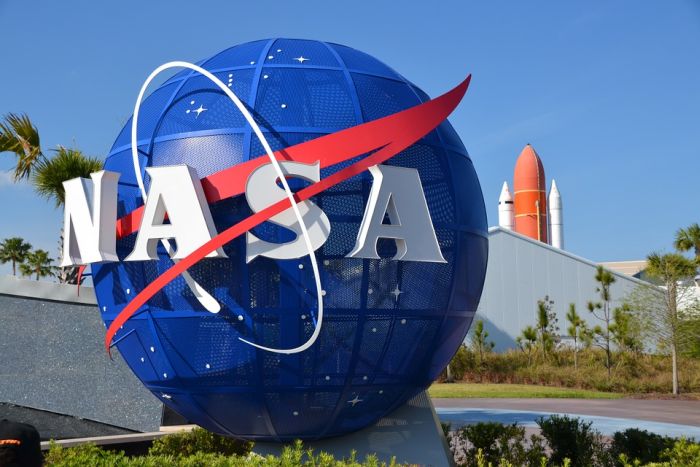The US National Air and Space Administration (NASA) is now working on the development of space submarines, to study and analyze the waters of lakes and oceans found in other planets and their satellites
The NASA experts pointed out that, differently from a big submarine built to investigate in the Sea of Titan, a bigger mass of water than the Earth’s Caspian Sea, the new submarines will be useful to study oceans with a great content of methane, ethane and nitrogen.
On the other hand, the scientists stated that the design of the exploring submarines will have to fit in a launching vehicle and be autonomous at the time of working.
As for the energy, the engineers proposed that the electricity can be generated from the radioactive plutonium disintegration, a skill similar to the one that was used by the space probe Cassini.
NASA states the most difficult thing will be to control the temperature inside the submarine, then, enclosed when in a sea at 180°C, the radioactive plutonium disintegration produces a lot of heat, which will need to be muffled.
This tool will also have to be ready to break ice layers, because if for instance, one of the targets of study is Europe (the name of one of the satellites of Jupiter) difficulty increases, since the ocean of the satellite Europe is formed by salty water but located several dozens of kilometers down a layer of thick ice.
NASA stated the objective is to have these vehicles ready in the middle of the decade of 2040.
 Escambray ENGLISH EDITION
Escambray ENGLISH EDITION






Escambray reserves the right to publish comments.